24-hour hotline:+8613662168047
Keyword search: battery plant , lithium battery factory , power bank works , lifepo4 battery mill , Pallet Trucks LiFePO4 Battery, LiFePO4 Pallet Trucks Battery, Lithium Pallet Trucks Battery,
The issue of developing hydrogen energy has been included in the agenda of the 2019 G20 Summit to be held in June this year. The 2020 Tokyo Olympics was a "hydrogen show" for Japan to showcase its achievements in hydrogen energy technology development to the international community. The 2025 Osaka World Expo was also a "big test" to truly review the achievements of Japan's hydrogen energy society construction. Japan is really a bit anxious and eager to become the world leader in hydrogen energy.
The "hydrogen society" refers to an economic society where hydrogen is the main energy source, and hydrogen energy is widely used in various fields such as transportation, construction, industry, and electricity. On March 12th, the Ministry of Economy, Trade and Industry of Japan released a new version of the "Hydrogen and Fuel Cell Roadmap", which is a further revision after its release in June 2014 and revision in March 2016. The new roadmap has been significantly revised based on the goals and guidelines outlined in the "Basic Hydrogen Strategy" formulated by the Japanese government in December 2017, the "Fifth Energy Basic Plan" formulated in July 2018, and the "Tokyo Declaration" issued at the first International Hydrogen Ministerial Conference in October 2018.
Compared to five years ago, Japan's desperate hydrogen industry is no longer lonely, and more and more countries are joining the development of the hydrogen industry. Especially, hydrogen has been a hot topic in China, which has made Japan both happy and worried. Fortunately, after a long period of criticism and silence, hydrogen energy has become a "hot cake" sought after by the global market, and China's vast market is a big cake that Japan is looking for; The concern is that countries are competing to develop and invest in hydrogen energy and fuel cells, endangering Japan's leading position in global hydrogen technology. The current high costs have slowed down the progress of market popularization in Japan, dragging back Japan's goal of building a "hydrogen society".
The issue of developing hydrogen energy has been included in the agenda of the 2019 G20 Summit to be held in June this year. The 2020 Tokyo Olympics was a "hydrogen show" for Japan to showcase its achievements in hydrogen energy technology development to the international community. The 2025 Osaka World Expo was also a "big test" to truly review the achievements of Japan's hydrogen energy society construction. Japan is really a bit anxious and eager to become the world leader in hydrogen energy. Therefore, "reducing costs and promoting development" has become the main theme of this revision.
Application in the field of transportation
Fuel cell vehicles: Since its launch in December 2014, as of December 2018, only 2926 units have been sold, which is lower than the inventory of over 5000 units in Texas, USA. There is still a considerable gap between achieving the sales target of 40000 units by 2020, and it is still a bit difficult to achieve the market targets of 200000 units by 2025 and 800000 units by 2030. To achieve the established goals, significant cost reductions are necessary. By 2025, the cost of fuel cell stack systems will be reduced from 20000 yen/kW to 5000 yen/kW (note: 10000 yen is equivalent to about 600 yuan), the hydrogen storage system will be reduced from the current 700000 yen to 100000 to 200000 yen by 2030, and the price difference between fuel cell vehicles and hybrid vehicles of the same level will be reduced from the current 3 million yen to 700000 yen. The maximum power density should be increased from the current 3.0kW/L to 6.0kW/L by 2030, and the range should be increased from 650 kilometers in 2020 to 800 kilometers in 2030. In 2025, it is also planned to develop universal fuel cell models.
Fuel cell buses: Since its operation in March 2017, there have been 18 buses in operation in the Tokyo area as of February 2019, 100 buses before the 2020 Tokyo Olympics, and 1200 buses by 2030. Therefore, car prices need to be halved by 2025, from the current 105 million yen to 52.5 million yen, and the economy will be fully self-sufficient by around 2030.
Fuel cell forklifts: Since 2017, about 150 forklifts have been put into operation in major airports and wholesale markets as of February 2019. By 2020, they will reach 500 units, and by 2030, they will reach 10000 units. At the same time, we should actively expand sales in overseas markets.
Japan also plans to develop other means of transportation such as fuel cell trucks, ships, and trains. At present, fuel cell ships operated by Japan using offshore wind power to produce hydrogen have been launched into the sea; The trial production of fuel cell logistics vehicles has been completed; The fuel cell powered train was snatched by Germany, and Japan is intensifying its pursuit. In addition, Japan also plans to promote and apply fuel cell technology to industries, aerospace, and other fields.
Commercial hydrogen refueling stations: Since construction began in 2013, a total of 103 have been opened as of March 2019. By 2020, it will reach 160 and by 2025, it will reach 320. Therefore, by 2025, the construction, operation and maintenance costs of hydrogen refueling stations and key equipment costs will be significantly reduced, with construction costs reduced from 350 million yen to 200 million yen, operation and maintenance costs reduced from 34 million yen/year to 15 million yen/year, compressors reduced from 90 million yen to 50 million yen, and accumulators reduced from 50 million yen to 10 million yen. In 2020, the machinery and equipment of hydrogen refueling stations will be standardized to further explore the space for price reduction. The labor cost in the operation and maintenance fees of hydrogen refueling stations accounts for about 35%. Therefore, Japan has decided to establish unmanned hydrogen refueling stations before the Tokyo Olympics, and will complete the development of relevant regulations, technical solutions, and safety measures by August this year.
■ Expand residential, industrial and commercial applications
Household fuel cells: In 2009, Japan was the first to introduce a small cogeneration system based on household fuel cells. Ordinary households can save 25% energy, achieve 40% emission reduction, and achieve a comprehensive efficiency of over 95%. As of January 2019, a total of 274000 units were sold in the market. The price has dropped from over 3 million yen 10 years ago to 940000 yen today. In 2020, it will achieve economic self-sufficiency, with the selling price of solid polymer fuel cells (PEFCs) dropping from 940000 yen to 800000 yen, and the selling price of solid oxide fuel cells (SOFCs) dropping from 1.19 million yen to 1 million yen. The market popularization target by 2030 is to reach 5.3 million units, and the investment recovery period is shortened from 7-8 years to 5 years.
Commercial and industrial grade fuel cells: The power generation efficiency is expected to reach over 55% by 2025 and over 65% in the future. The cost of power generation should be on par with benchmark electricity prices, with a cost of 500000 yen/kW for low-voltage equipment, 25 yen/kWh for power generation, 300000 yen/kW for high-voltage equipment, and 17 yen/kWh for power generation. The service life will increase from the current 90000 hours to 130000 hours.
Hydrogen fuel power generation: The best low-carbon option to replace thermal power generation is to use hydrogen fuel for power generation. In terms of technology, the breakthrough began with the co combustion of hydrogen fuel and natural gas for power generation, and the development of dehydrogenation reaction technology using waste heat for hydrogen carriers such as methylcyclohexane (MCH) and ammonia. The efficient dehydrogenation process can further reduce costs, while accelerating the development of denitration burners and non spray denitration technologies. By 2019, a comprehensive evaluation of the use of existing thermal power equipment for mixed combustion power generation will be completed, including the impact of mixed combustion on flame temperature, flame stability, nitrogen oxides, power generation performance, power generation equipment, and the environment. The power generation efficiency of small-scale pure hydrogen fuel cogeneration will increase from 26% to 27% in 2020, and commercial hydrogen fuel power generation will be fully realized by 2030. In January 2018, Japan successfully completed a power generation test with a hydrogen and natural gas mixed combustion ratio of 30%. In April of the same year, it also took the lead in putting into operation a 1MW level pure hydrogen fuel cogeneration project globally, with no proportional restrictions on mixed combustion with natural gas.
■ Emphasize the improvement of hydrogen production capacity
Reducing the cost of hydrogen production: Currently, the cost of hydrogen production is relatively high, far higher than the cost of fossil energy. The price volatility of the fossil energy market is strong. If natural gas prices (10 US dollars/MMBtu) are used as an example to calculate, the hydrogen price target of equal calorific value should be set at 13.3 yen/Nm3. But the target price for 2030 is still set at 30 yen/Nm3, and only when it reaches below 20 yen/Nm3 in the future will it truly be competitive.
Fossil energy hydrogen production: Building an international industrial supply chain for hydrogen production, storage, and transportation is of great significance for reducing costs in Japan. The key to achieving zero hydrocarbon fuel supply is to develop and utilize foreign fossil fuels combined with carbon capture and storage (CCS) technology to produce hydrogen. Before 2025, the cost of using Australian lignite to produce hydrogen will decrease from a few hundred yen to 12 yen/Nm3, and the capacity of liquefied hydrogen tanks will increase from thousands of meters to 50000 m3, greatly improving the economy of hydrogen storage and transportation. Reducing the energy consumption of hydrogen liquefaction from 13.6kWh/kg to 6kWh/kg can significantly reduce the cost of the liquefaction process. At the same time, it is necessary to reduce the cost of CCS from the current 4200 yen/t-CO2 to 2000 yen/t-CO2.
Renewable energy hydrogen production: In order to prevent wind, solar, and electricity curtailment, the large-scale utilization of surplus electricity from renewable energy to produce hydrogen, namely electricity to gas (P2G) technology, has become widely favored in the market. Japan has established the world's largest single machine 10MW level electrolytic water equipment demonstration project in Fukushima, with a maximum annual output of 900t. The hydrogen produced will be used for power supply and heating in the 2020 Tokyo Olympic Village. But to truly promote P2G projects comprehensively, reducing costs and reducing conversion losses are the key. By 2030, the cost of electrolytic water equipment will decrease from 200000 yen/kW to 50000 yen/kW, and the energy consumption will decrease from 5kWh/Nm3 to 4.3kWh/Nm3. The various indicator plans for strong alkaline and solid polymer (PEM) electrolytic water equipment are shown in Tables 1 and 2.
Japan's "Basic Strategy for Hydrogen Energy" proposes the basic goals of building a hydrogen society by 2030 and the grand vision of achieving a hydrogen society by 2050; Japan's Fifth Basic Energy Plan includes hydrogen energy in the category of new energy, and it holds an equally important position as renewable energy. The cost target for hydrogen production should be basically the same as that of traditional energy sources such as oil and gas; The Tokyo Declaration, led by Japan, calls for promoting international cooperation in four aspects: firstly, to accelerate the cost of hydrogen production and reduce the prices of hydrogen energy products such as fuel cell vehicles, countries need to engage in technical cooperation and strengthen coordination in the formulation of regulations and standards; Secondly, to ensure the safety of related facilities such as hydrogen refueling stations and storage systems, as well as to establish a hydrogen energy industry chain tailored to local conditions, it is necessary to actively promote and expand the utilization of hydrogen energy, and promote joint research and development among countries; Thirdly, it is of great significance to investigate and evaluate the market potential, economic effects, and CO2 emission reduction effects of hydrogen energy in order to enhance and share consensus on building a hydrogen society; Fourthly, in order to expand investment in the hydrogen energy industry, it is necessary to strengthen hydrogen education and promotional activities to increase social acceptance. This new version of the roadmap sets the
keyword:Forklift Lithium Battery | Lithium iron phosphate battery | NCM Lithium Battery

Lithium Batteries ,Ensure Quality
Our lithium battery production line has a complete and scientific quality management system
Ensure the product quality of lithium batteries
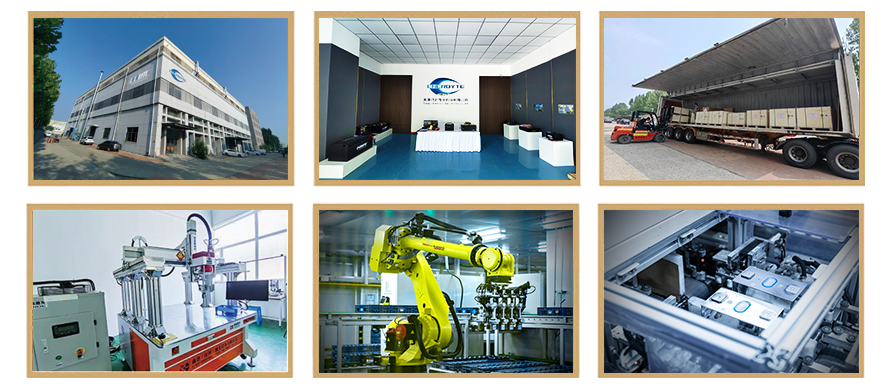
Years of experience in producing lithium batteries
Focus on the production of lithium batteries
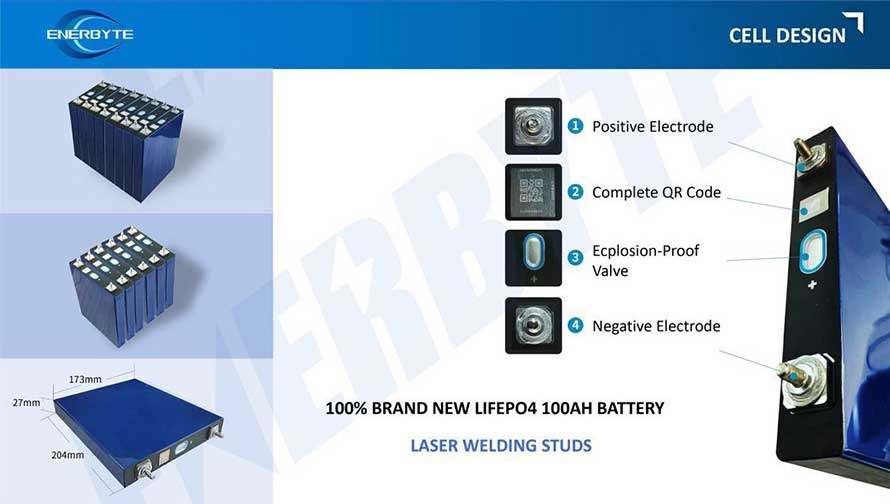
WE PROMISE TO MAKE EVERY LITHIUM BATTERY WELL
We have a comprehensive explanation of lithium batteries
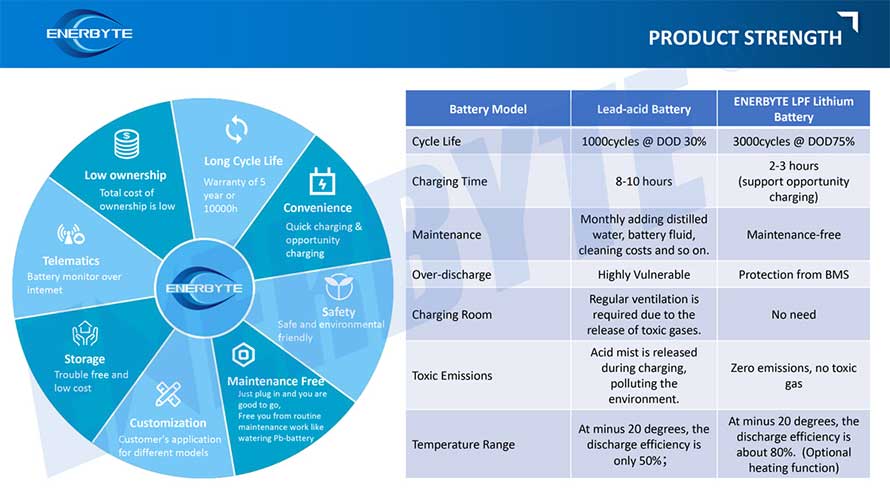
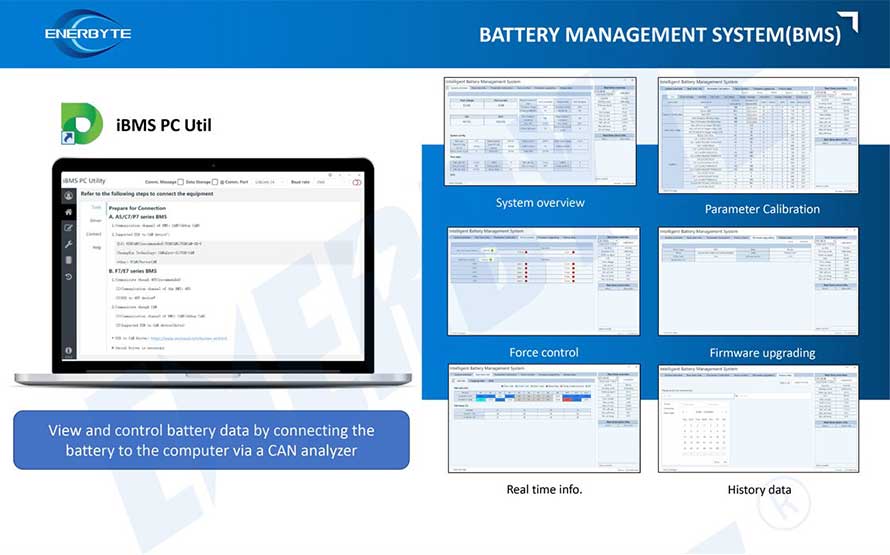
QUALIFICATION CERTIFICATE
THE QUALITY OF COMPLIANCE PROVIDES GUARANTEE FOR CUSTOMERS
MULTIPLE QUALIFICATION CERTIFICATES TO ENSURE STABLE PRODUCT QUALITY
Providing customers with professional and assured products is the guarantee of our continuous progress.
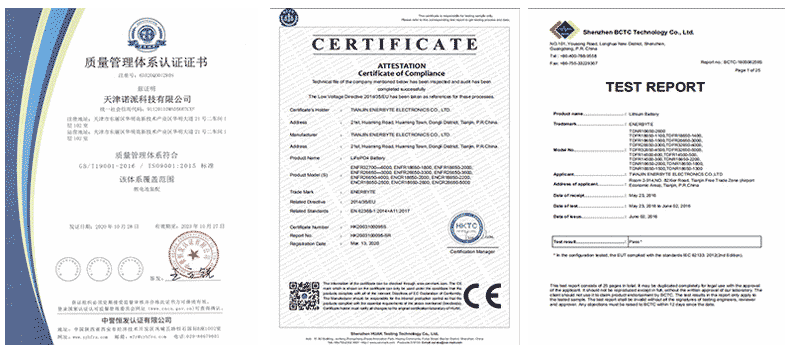
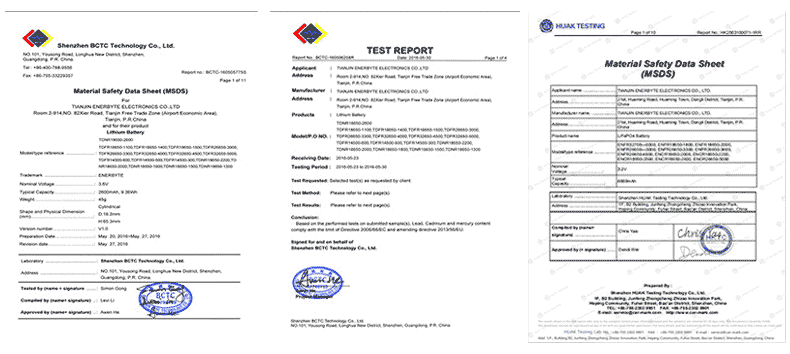
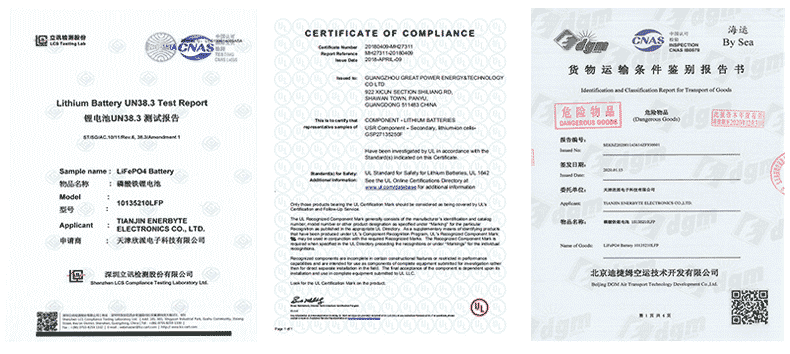
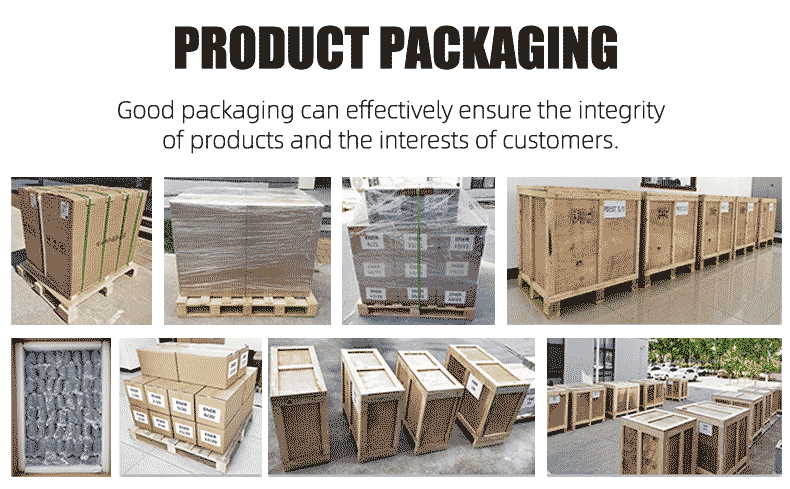
Applicable brands of our products
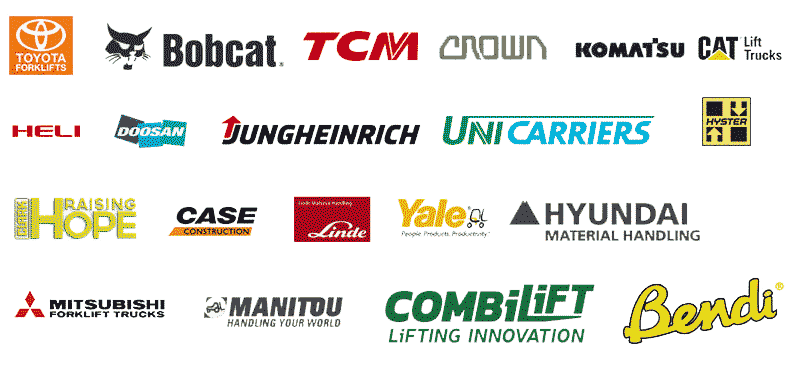

 Service hotline
Service hotline